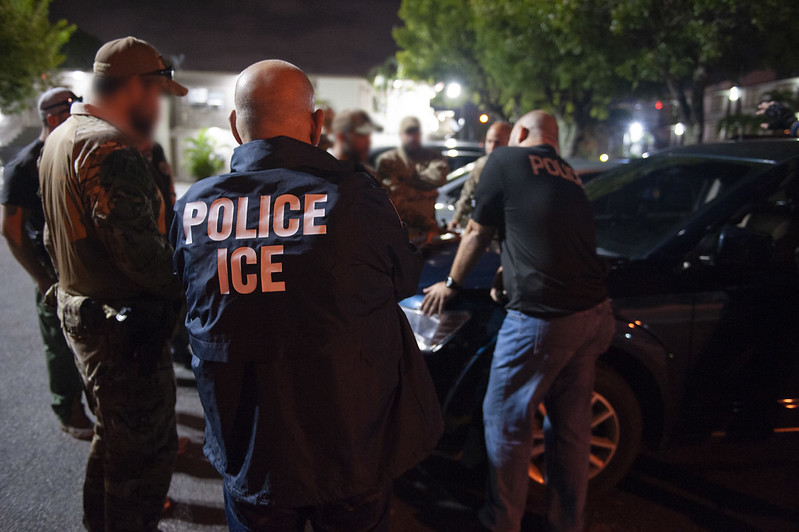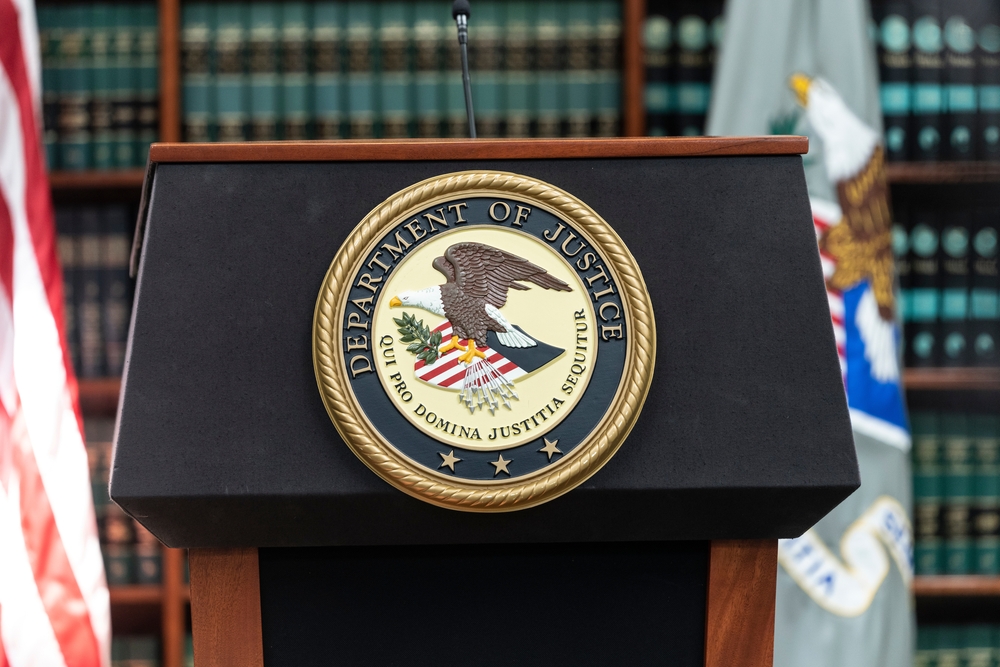
By Jeffrey Anderson
An emerging crime initiative by Pennsylvania Attorney General Kathleen G. Kane is deploying mobile street crimes units to small cities and towns in her state to tackle an escalating heroin problem tied to Mexican drug cartels.
The strategy, quietly launched last year with the help of a $2.5 million state appropriation, is based on street-level busts by agents with the Bureau of Narcotics Investigations who are embedded for months in a single location, where they build from the ground up a database that allows them to go after larger, more organized criminal elements that have taken over struggling, post-industrial municipalities along the I-80 and I-81 trucking corridors, conveniently located to major drug hubs such as New York City, Philadelphia and Baltimore.
After a 5-month deployment in Hazleton, PA, that concluded in February, the Mobile Street Crimes Unit, which received cooperation from the DEA and the FBI, netted 35,000 bags of heroin, 120 arrests, 97 criminal cases and confiscation of guns, vehicles, cash, and jewelry – in a town of 33,000 which has just 38 police officers.
Before decamping for a new location to work with another set of local law enforcers, the unit, identified on their vests only as “POLICE,” leaves behind the criminal database it has built along with its more sophisticated drug enforcement strategies for the locals to employ.
Congressman Lou Barletta, a Republican from Pennsylvania’s 11th District — and former mayor of Hazleton — who is on the House Homeland Security Committee and the Subcommittee on Border and Maritime Security, predicts that Pennsylvania could be the vanguard for a new way of thinking about the use of state resources to confront what is ultimately a national — if not international — problem.
“For anyone in Congress who has been a mayor, they understand very well how these things are tied to drug cartels,” Barletta says. “They know damn well that it’s an endless battle, and that if you take a drug dealer off the street there’s three more waiting to take his place. It’s like drinking water through a firehose.
“The biggest challenge now is to give the local chief of police the resources he needs to keep going, because these cities are cash-strapped,” Barletta continues. “That’s where the feds can play a role. I think we can do a better job there. The unit is going to get attention. And when other states see what is happening they’ll want to replicate it.”
State Senator John Yudichak, a Democrat who represents Carbon County and parts of Luzerne County, says that in 2013, just 60 percent of the 99 cities in the area with a population less than 5,000 had a full-time police force. Today just 6 percent of those same cities do.
“It’s perfectly suited for a drug distribution network, with such a limited presence of law enforcement,” says Yudichak, who championed the initiative in the State Capital with support from Rep. Barletta and others. “We wanted to take the ‘D’ and the ‘R’ of politics out of it and we needed state and federal assistance. We needed to break down silos and get the community engaged. People were in a bed of denial.”
The force behind the initiative is Attorney General Kane, a former street level prosecutor in Lackawanna County, who came into office promising a fresh approach to beating back the ravages of heroin that had overcome towns such as Hazleton.
With 2,500 municipalities splashed across a mostly rural state of 12.7 million people, Kane describes Pennsylvania as a “good place for drug cartels to do business.”
Early on, however, she saw a lack of coordination between local and federal agencies that had created a vacuum for those cartels to exploit.
“No one played well together,” she says. “It was like a T-ball game, where everyone jumps on the ball and parents are cheering with delight. Those days are over. We’re cultivating an environment that puts ego aside. It’s not about credit for a bust. We can’t go on simply chasing dealers off the street then stop.”
While neither a typical drug task force nor simply a community-based approach, the unit nonetheless is a grassroots idea that Hazleton Police Chief Frank DeAndrea says cuts against the grain of “what everyone else is doing.”
DeAndrea says that in the past, the DEA and FBI have utilized his officers as members of a task force that generates proceeds from seizures to fund future investigations, all while his city is drowning under a wave of heroin being fed by cartels and powerful street gangs.
“We have 39 gangs and 38 officers,” he says. “We’re broke, and overmatched. It’s like a high school team going up against an NFL team.”
DeAndrea insists that he wasn’t “seeing the ball move” with the FBI and DEA – until Kane and the Mobile Street Crimes Unit came into the picture.
The feds have expressed support for the idea and have collaborated with the unit, but any partnership is still a work in progress. A Washington-based spokesman for the DEA says, “We don’t have the resources to focus on small-time local yokels that produce limited impact. Our resources are limited too. We have to be careful when evaluating a potential investigation to get a bang for the buck.”
The full story is posted on Lawdragon.com. Click here to read.
About the author: Jeffrey Anderson is a veteran feature writer and award-winning investigative reporter from Washington, D.C. He previously has worked at the Los Angeles Daily Journal, L.A. Weekly, Baltimore City Paper and The Washington Times. He can be reached at byjeffreyanderson@gmail.com.




